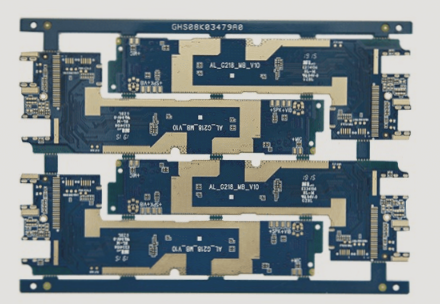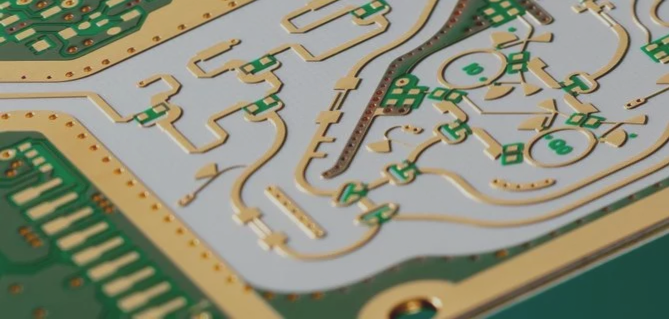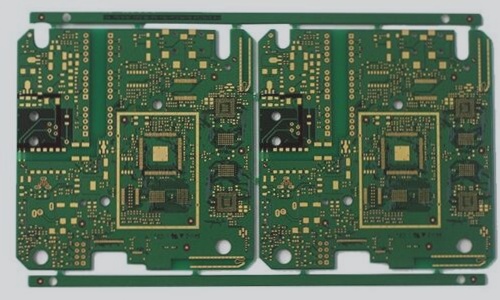PCB Board Process: Resin Plug Holes vs. Green Oil Plug Holes
When it comes to selecting the PCB board process, resin plug holes offer quality benefits, despite adding an extra step to the process flow. In terms of cost-effectiveness, resin plug holes are more economical compared to oil plug holes. While oil plug holes incur higher costs, green oil plug holes streamline the process and are compatible with surface ink operations in a clean room setting.
PCB boards often opt for resin plug holes, especially for BGA (Ball Grid Array) parts. Traditional BGA configurations may require vias between PADs for wiring, but dense BGAs can make via clearance challenging. Direct drilling from PADs to establish vias to alternate layers is a common solution, with resin filling these holes and plating copper into the PAD, known as VIP (via in pad). Failure to plug the holes with resin after via creation can lead to tin leakage and short circuits.
The PCB board resin plugging process includes drilling, electroplating, plugging, baking, and grinding. After drilling and plating, holes are filled with resin, baked, polished, and ground. An additional copper layer is added to convert the hole into a PAD. Green oil plug holes are essential for BGA PCB multi-layer circuit boards, preventing oxidation and corrosion to ensure electrical integrity.
Green oil plug holes cater to holes with diameters below 0.35MMC, mainly for BGA PCB motherboards in SMT production. These plug holes maintain electrical integrity and adhere to opacity standards. Resin plug holes have an advantage over green oil plug holes in terms of acid and alkali resistance, making them a preferred choice for many PCB applications.



